In Images: Solar Eclipses Depicted in Fine Art
Annunciation to the Shepherds
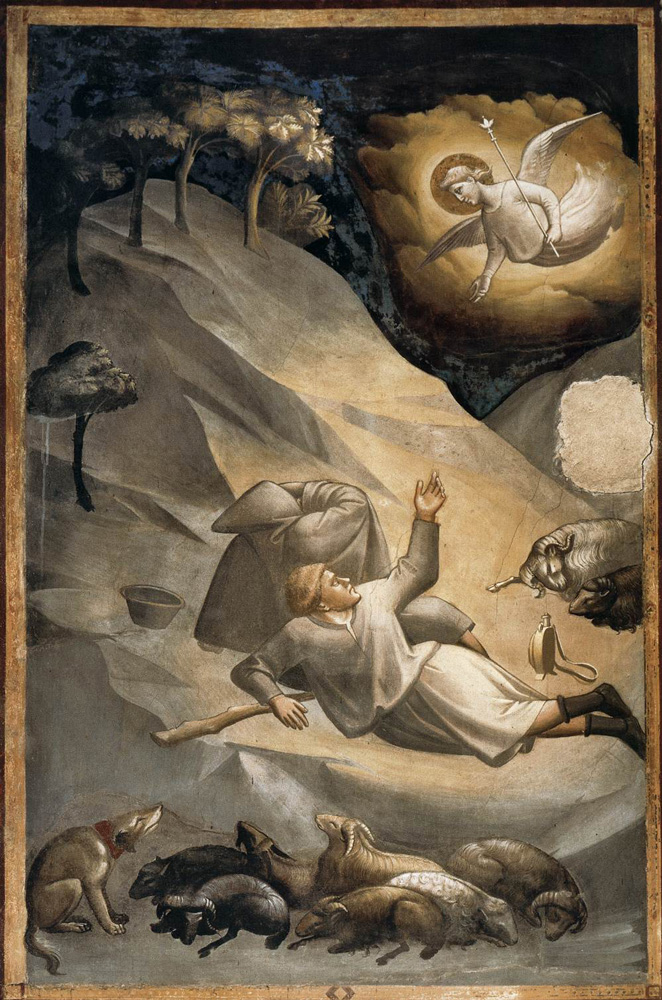
For hundreds of years, artists have incorporated the spectacular sight of an eclipse into their paintings.
This 14th-century fresco by Taddeo Gaddi, found in the Basilica of Santa Croce in Florence, depicts an angel announcing the birth of the baby Jesus to shepherds during an eclipse.
A letter attributed to Gaddi, written between 1338 and 1348, suggests he suffered severe eye damage from looking directly at the sun during an eclipse, according to a study published in 2002 in the journal Meteorics and Planetary Science.
"For from days not long past I have suffered, and stillsuffer, from an unendurable infirmity of the eyes, whichhas been occasioned by my own folly. For while, thisyear, the Sun was in eclipse I looked at the Sun itselffor a long period of time, and hence the infirmity," he wrote in the letter.
Crucifixion
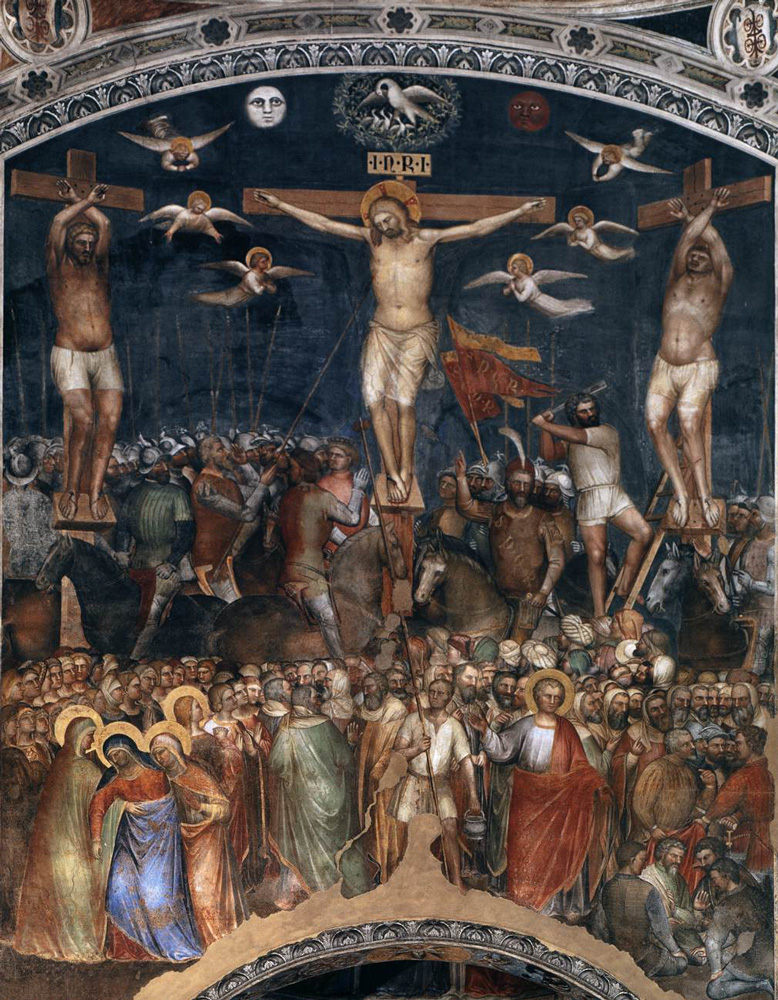
This fresco in the Padua Baptistery — a religious building near the Piazza del Duomo cathedral in Padua, Italy, and dedicated to St. John the Baptist — portrays the crucifixion of Jesus Christ during an eclipse, painted by Giusto de Menabuoi, circa 1378. Crowds of onlookers stand around and the Virgin Mary has fainted.
As was the tradition in crucifixion scenes from this era, the sun is to the left of the Christ figure, while the moon is on the right. Menabuoi depicted the moon with "the red glow of a lunar eclipse," while the sun appears "cool and pale," according to a study published online August 2016 in the journal Philosophical Transactions of the Royal Society A.
Le Christ Mort Sur la Croix
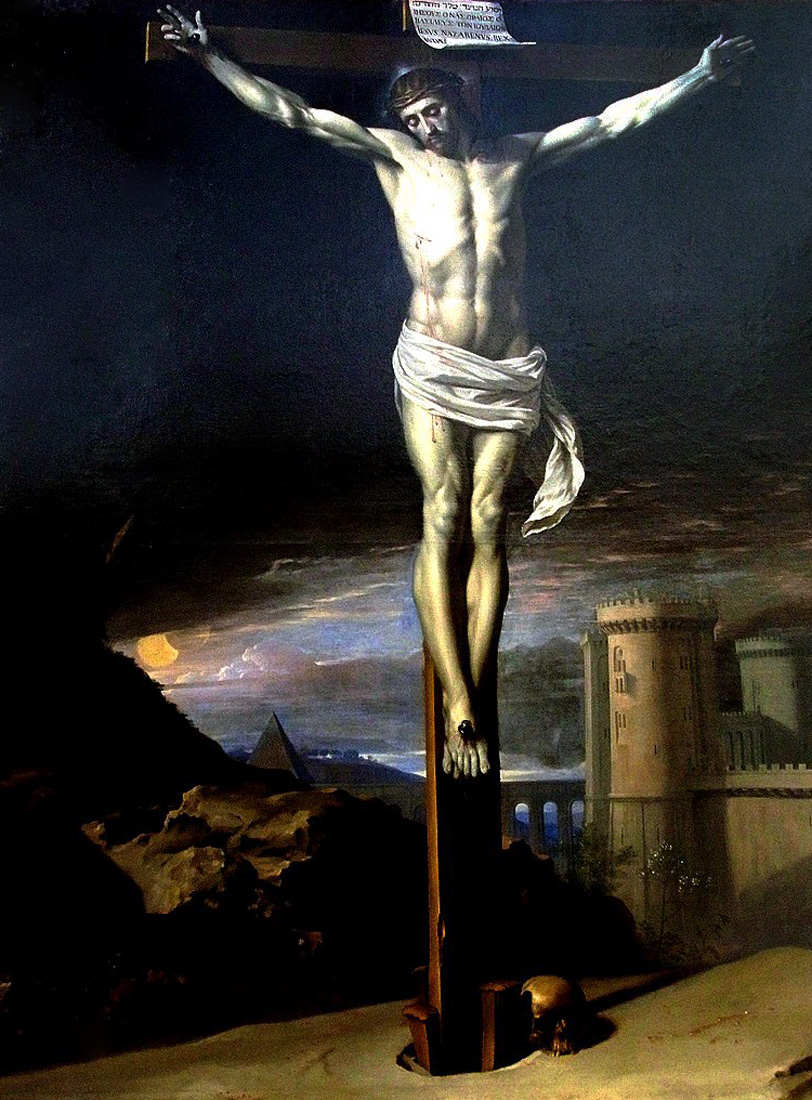
This oil painting by Philippe de Champaigne, painted in 1655, depicts the crucifixion of Christ during an eclipse — the partially-obscured sun is visible behind the rocky hill, on the painting's left side.
Sign up for the Live Science daily newsletter now
Get the world’s most fascinating discoveries delivered straight to your inbox.
"One sees the degree to which solar eclipses were the perfect choice for illustrating the traumatic light described in the Gospel," researchers reported in a study published online August 2016 in the journal Philosophical Transactions of the Royal Society A.
Dionysius the Areopagite Converting the Pagan Philosophers
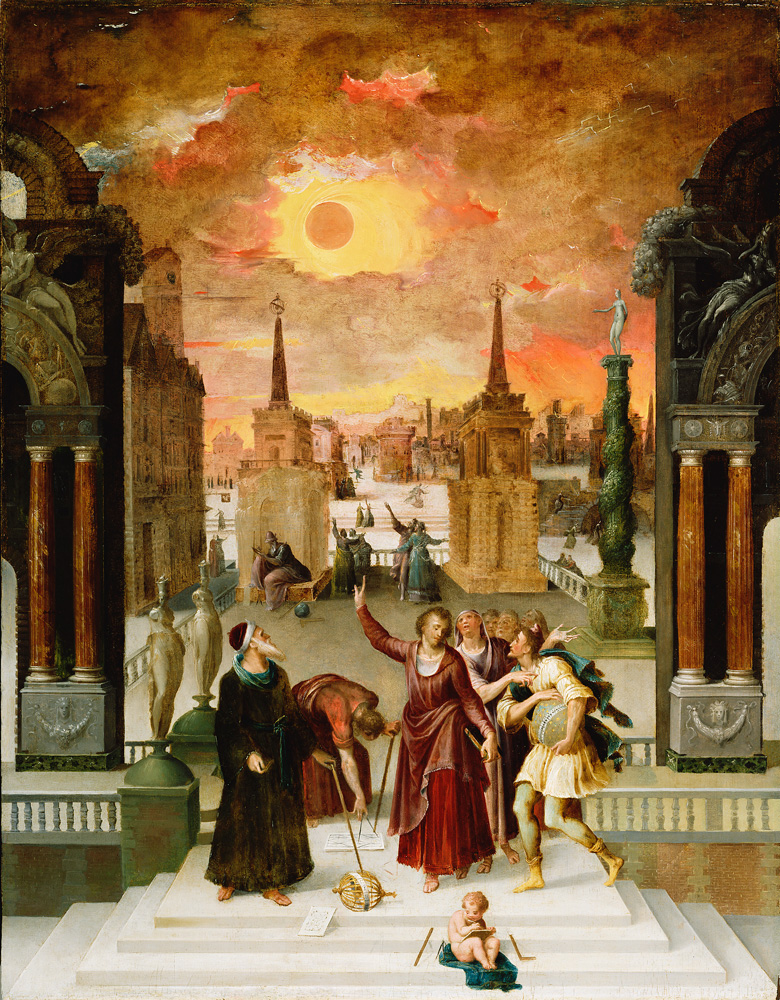
An oil painting from the 1570s — likely inspired by the 1571 total solar eclipse — shows Dionysius preaching the Christian message of salvation to a group of pagan Greek philosophers, while astronomers gather in the town square, beneath the shadowed sun.
Eclipse of the Sun
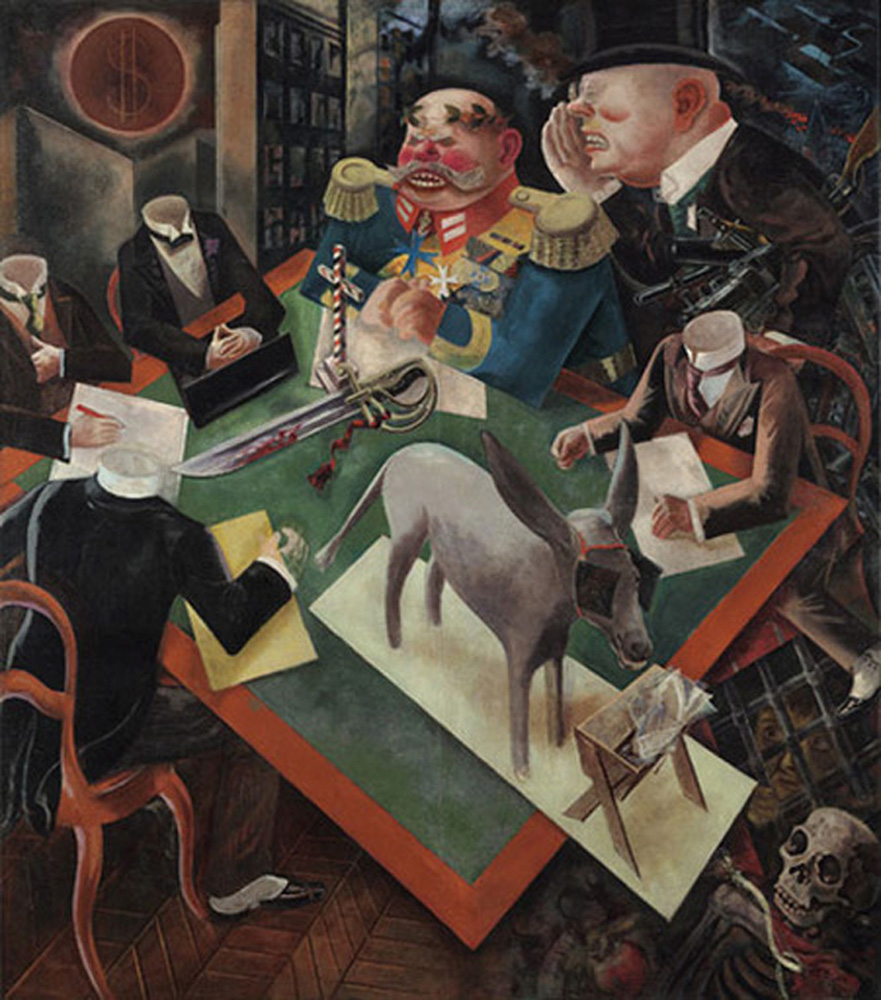
George Grosz's surrealist-influenced oil painting, which he painted in 1926, lambasted the power and greed of Germany's governing military and bureaucrats in the 1920s. The solar eclipse — branded with a dollar sign — represented the anticipated collapse of the unstable Weimar Republic, according to the Princeton University Art Museum.
Eclipse
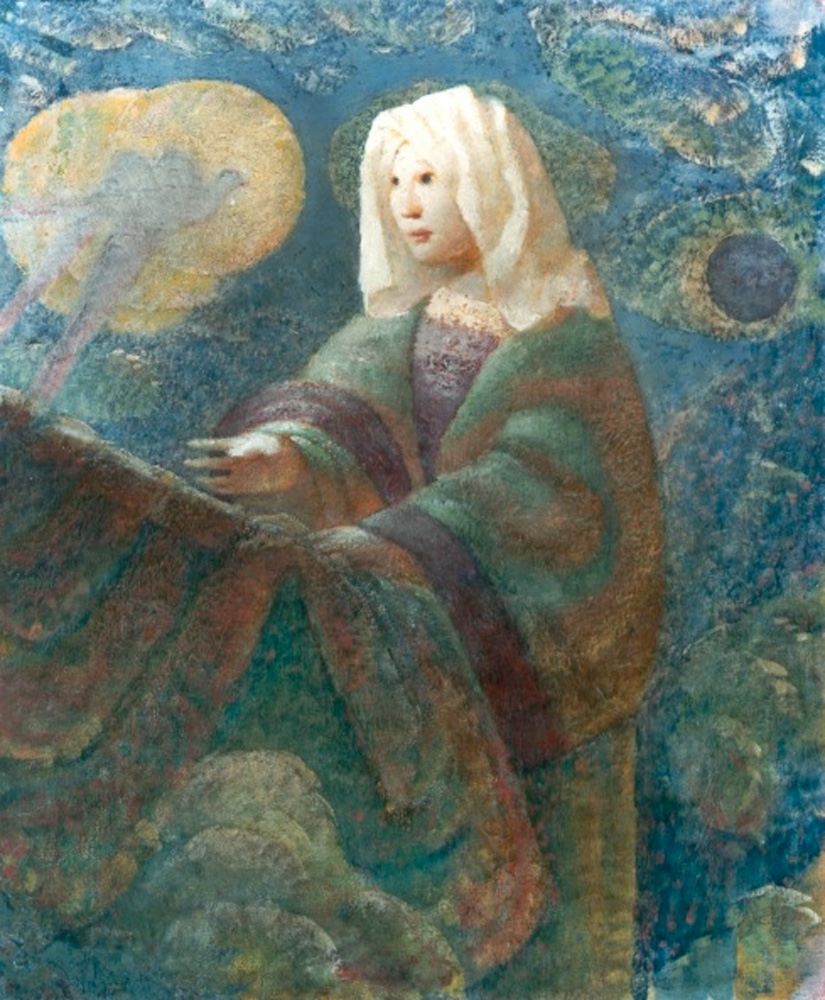
Twentieth-century American artist Carl Schmitt often incorporated dark clouds ringed with light into his paintings, according to an essay published in 2007 by his son Carl Schmitt Jr., in the literary magazine "Dappled Things."
"The small eclipse shown in the painting, to the Virgin's left, serves as a sign for the eclipse of the Incarnation," Schmitt wrote in the essay.
The Elevation of the Cross
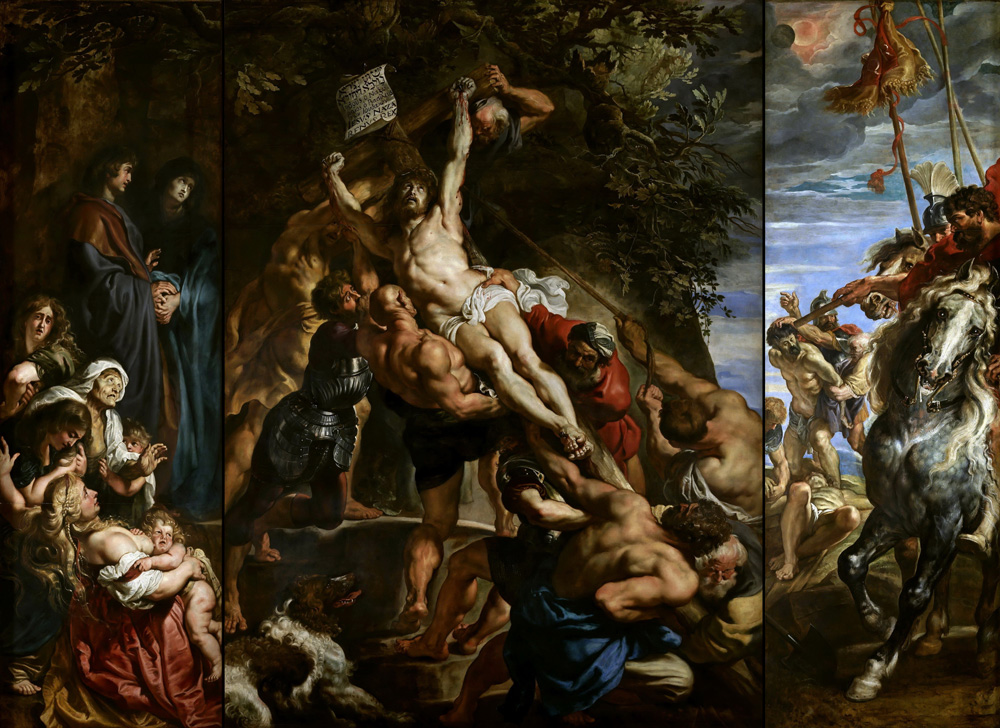
In 1610, Rubens portrayed the raising of Christ on the cross in a triptych — a three-paneled display — which can be found at the Cathedral of Our Lady in Antwerp, Belgium. The panel on the right shows the solar eclipse, though in traditional crucifixion scenes, painters placed the sun to the left of the Christ figure, according to a study published online August 2016 in the journal Philosophical Transactions of the Royal Society A.
Lovers' deception
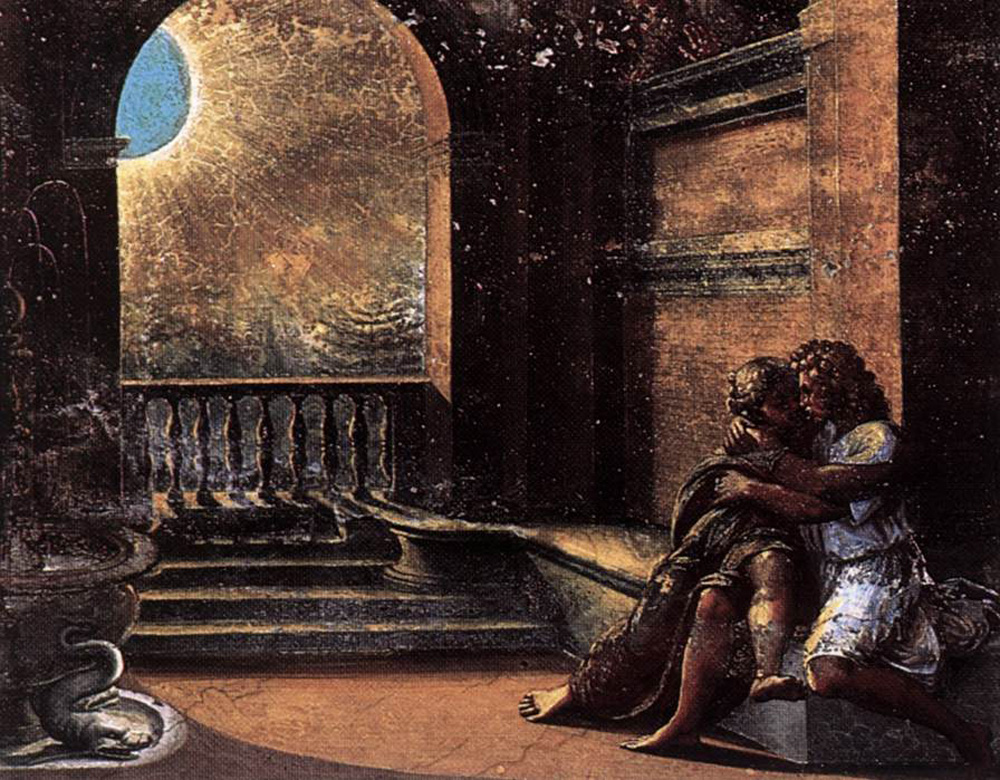
This fresco, painted in 1518 or 1519 by Renaissance artist Raphael and his workshop, is located in the Vatican Palace in Rome, Italy.
The totality of a solar eclipse accompanies a biblical scene described in Genesis 26:8, when Isaac and Rebecca — husband and wife, but pretending to be siblings — steal a lovers' meeting, and are secretly observed by King Abimelech, ruler of the Philistines.
The cosmic inspiration for the eclipse in the painting was an annular eclipse — in which the moon passes in front of the sun but a ring of light is still visible — on June 8, 1518, but Raphael chose to depict a total eclipse as a metaphor for the lovers' deception, the Princeton University Art Museum reported in a description of the painting.
Portrait of Ramón Gómez de la Serna
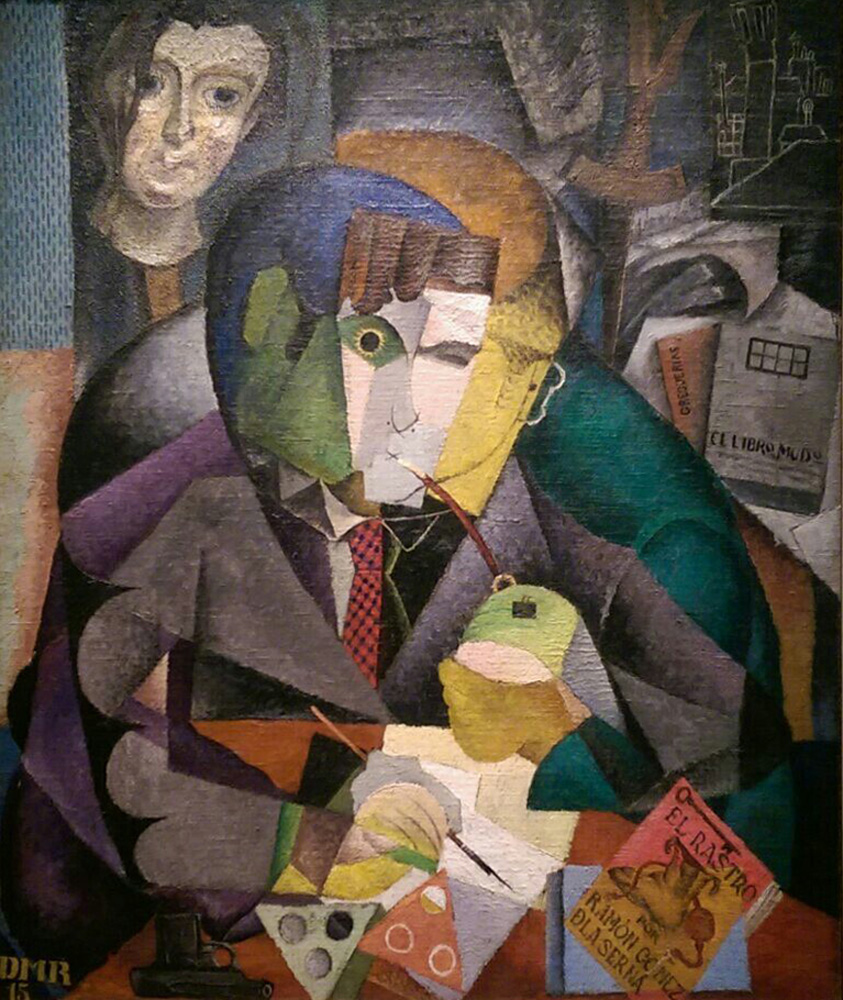
Mexican artist Diego Rivera painted this Cubist-inspired portrait of Spanish writer Ramón Gómez de la Serna in 1915, placing a total solar eclipse squarely in the poet's eye.
"This is a tribute to both the poet's own references to eclipses ("after the eclipse the Moon washes its face to clean up the soot") and that the artist was himself an aficionado, famously rushing onto the roof of the Detroit Institute of Art (while painting his famous murals) in order to witness a partial eclipse," according to a study published online August 2016 in the journal Philosophical Transactions of the Royal Society A.
The painting is currently on display at the Latin American Art Museum of Buenos Aires in Argentina.
Vision of St. Benedict
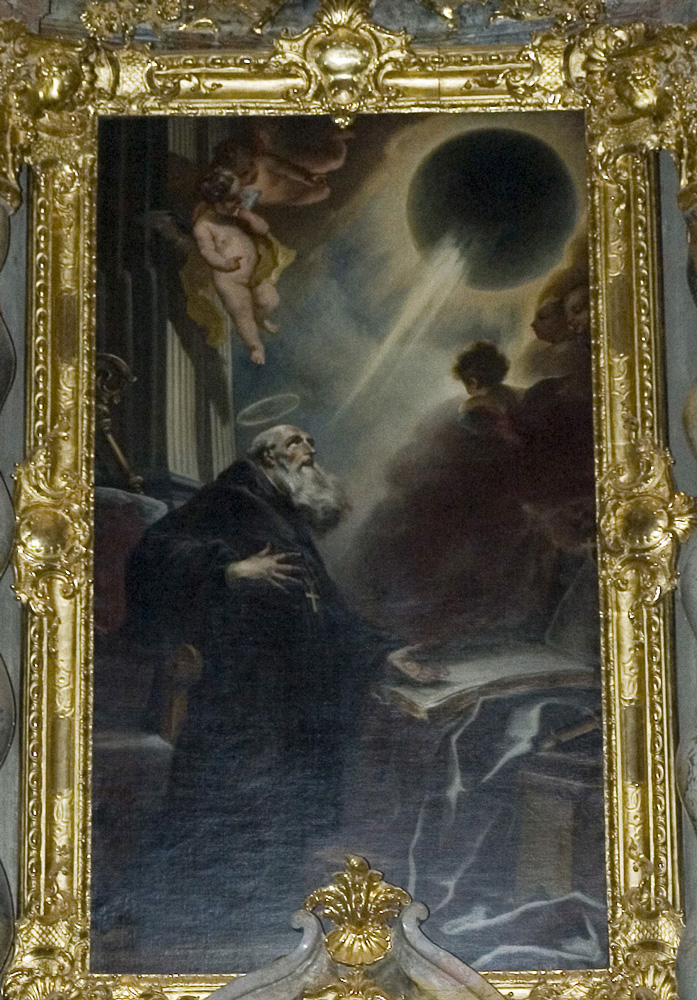
Painted in 1735, this artwork depicts St. Benedict experiencing a vision during a total solar eclipse, likely inspired by the eclipse that took place May 22, 1724, the Princeton Art Museum reported.
The oil painting also shows the solar corona — the aura of plasma around the sun — and the so-called "diamond ring effect," when light around the rim of the sun is fragmented by the moon's rocky landscape, according to NASA.










